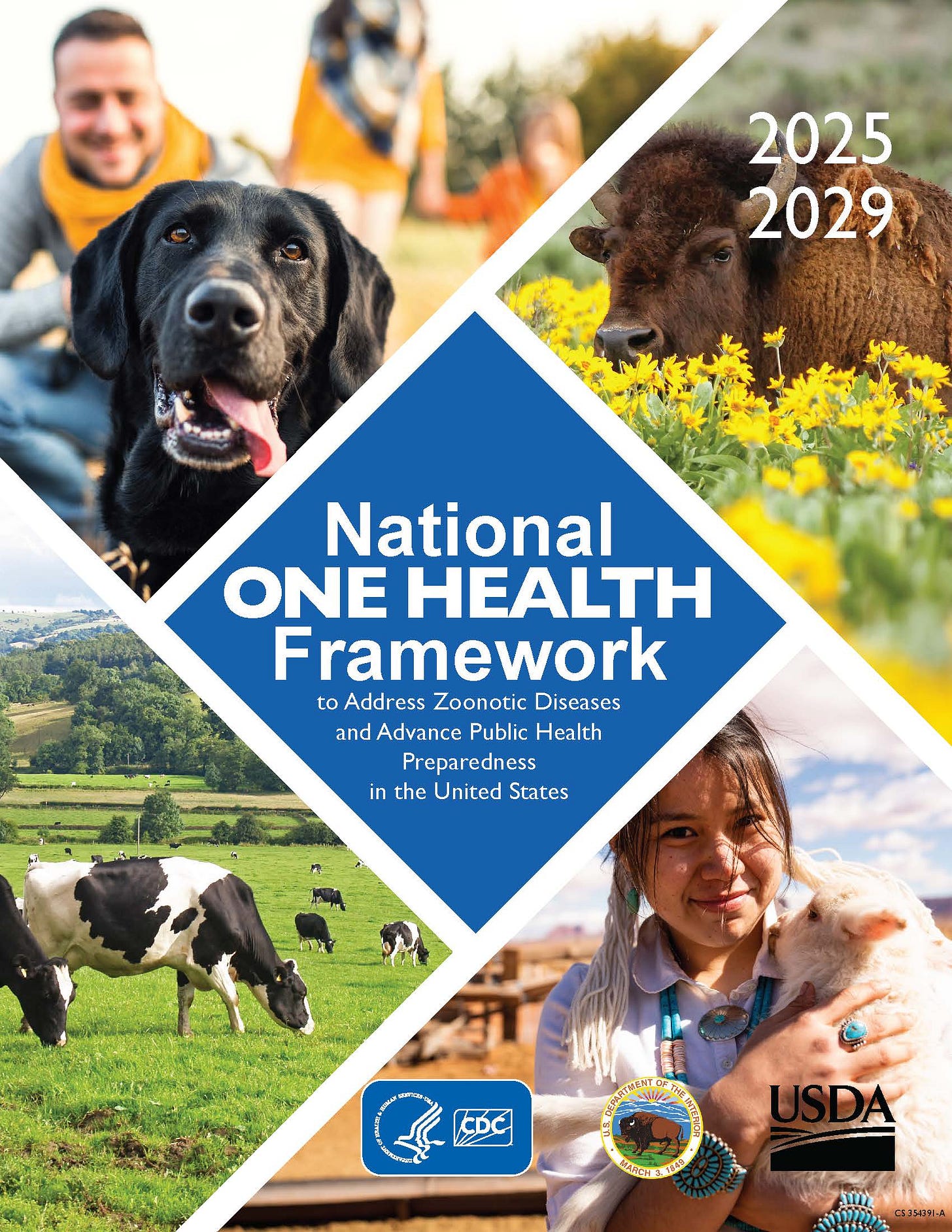What are Zoonoses?
In naming our newsletter From AI to Zoonoses, we wanted to signal that catastrophic risks run the gamut from A to Z. But what is a catastrophic risk that starts with the letter Z? We wracked our brains and came up with zoonoses.
But what are zoonoses? Simply put, a zoonosis is an infectious disease that can be passed from vertebrate animals to people. Remember bubonic plague? Mad cow disease? Avian flu? Rabies? Monkeypox? Ebola? Lyme disease? Covid-19? All zoonoses.
How about malaria? A mosquito is not a vertabrate animal (it doesn’t have a backbone), but malaria is still considered a zoonotic disease because mosquitos can transmit malaria from vertabrate animals to humans.
The World Health Organization reports that there are over 200 zoonoses and they represent “a large percentage of all newly identified infectious diseases as well as many existing ones” (World Health Organization on Zoonoses).
A lot of recent research focuses on how climate change might affect the emergence and geographical range of zoonoses. While the research base is limited, scientists are concerned that altered ecosystems and weather patterns can change habitats and lead to the emergence of new zoonoses or shift or expand the range of existing zoonoses (Leal Filho et al., 2025).
How should public policy respond to zoonoses? One prominent argument is that zoonoses require a “One Health” approach that integrates animal, human and environmental health. In a review of this approach, Ahmed et al., (2025, 1) write that a “coordinated interdisciplinary approach is crucial for early disease detection, improved outbreak responses, and stronger health systems.”
But we shouldn’t underestimate the challenge of a “One Health” strategy. It basically requires crossing silos between agriculture, human health and environmental protection. A review of the development of “One Health” disease surveillance in the U.S., for example, finds good progress in developing integrated zoonotic surveillance systems, but observes that “[l]imited resources and funding, fragmented data systems, lack of interoperability, and regulatory barriers and policy challenges…” continue to pose a challenge to One Health implementation (Ojeyinka et al., 2024, 79).
References
Ahmed, M. M., Okesanya, O. J., Othman, Z. K., Ibrahim, A. M., Adigun, O. A., Ukoaka, B. M., ... & Lucero-Prisno III, D. E. (2025). Holistic Approaches to Zoonoses: Integrating Public Health, Policy, and One Health in a Dynamic Global Context. Zoonotic Diseases, 5(1), 5.
Leal Filho, W., Nagy, G. J., Gbaguidi, G. J., Paz, S., Dinis, M. A. P., Luetz, J. M., & Sharifi, A. (2025). The role of climatic changes in the emergence and re-emergence of infectious diseases: bibliometric analysis and literature-supported studies on zoonoses. One Health Outlook, 7(1), 12.
Ojeyinka, O. T., Omaghomi, T. T., Ojeyinka, O. T., & Omaghomi, T. T. (2024). Integrative strategies for zoonotic disease surveillance: A review of one health implementation in the United States. World Journal of Biology Pharmacy and Health Sciences, 17(3), 075-086.



